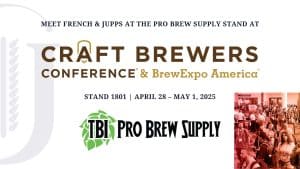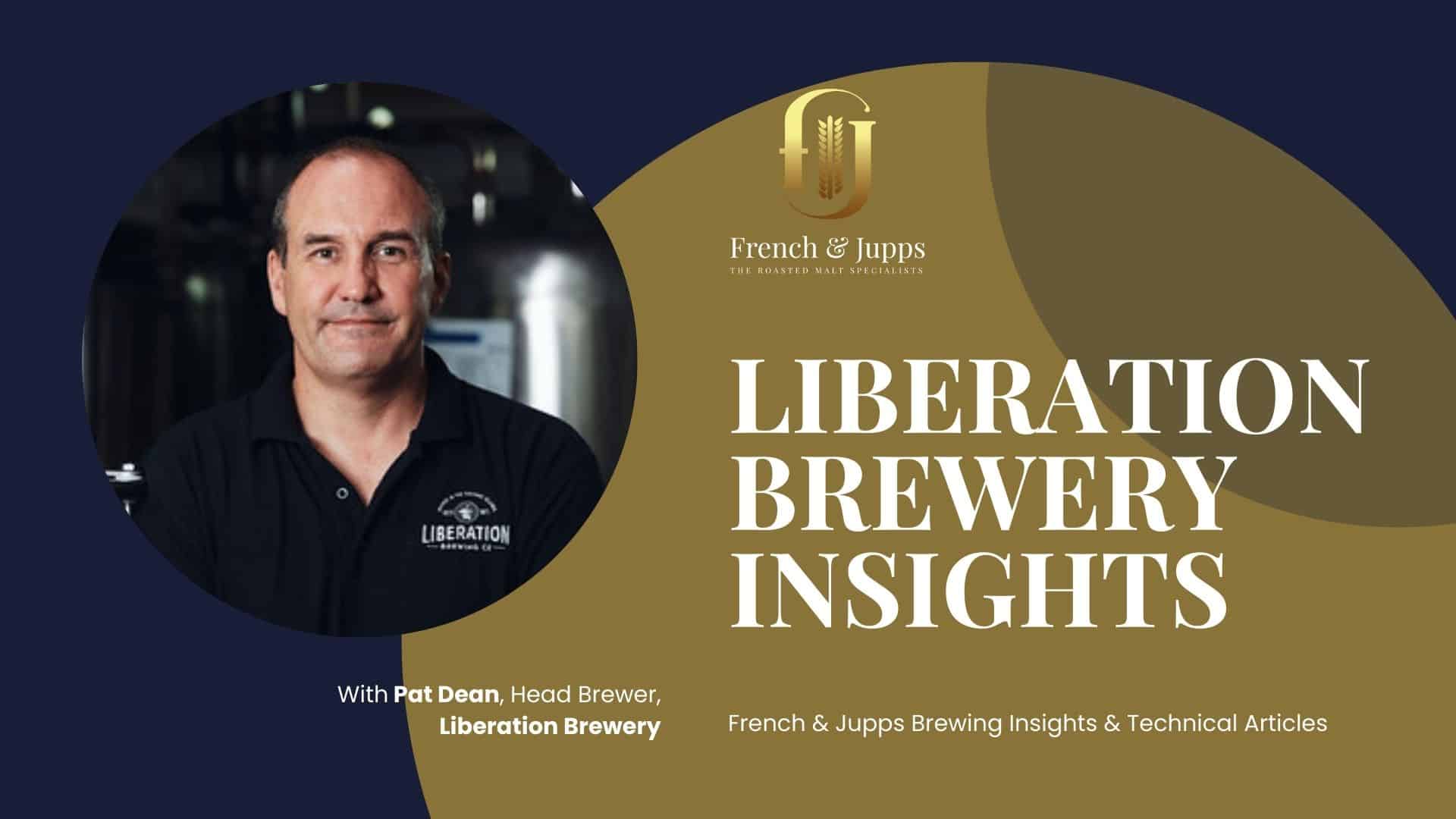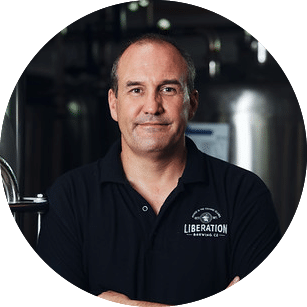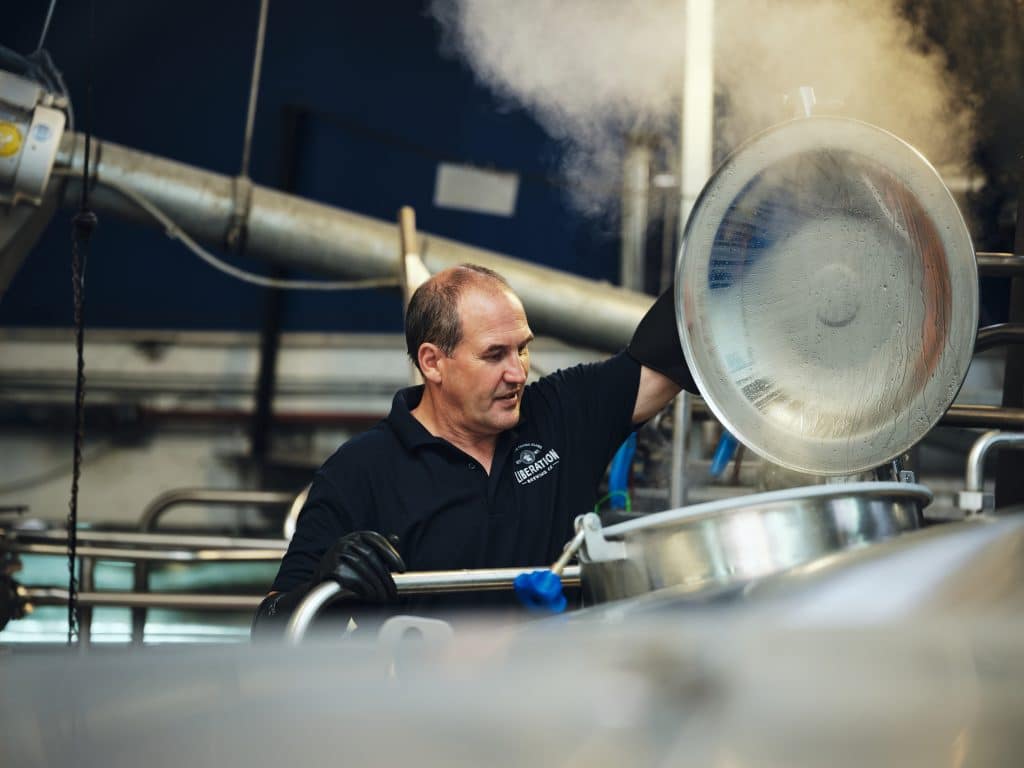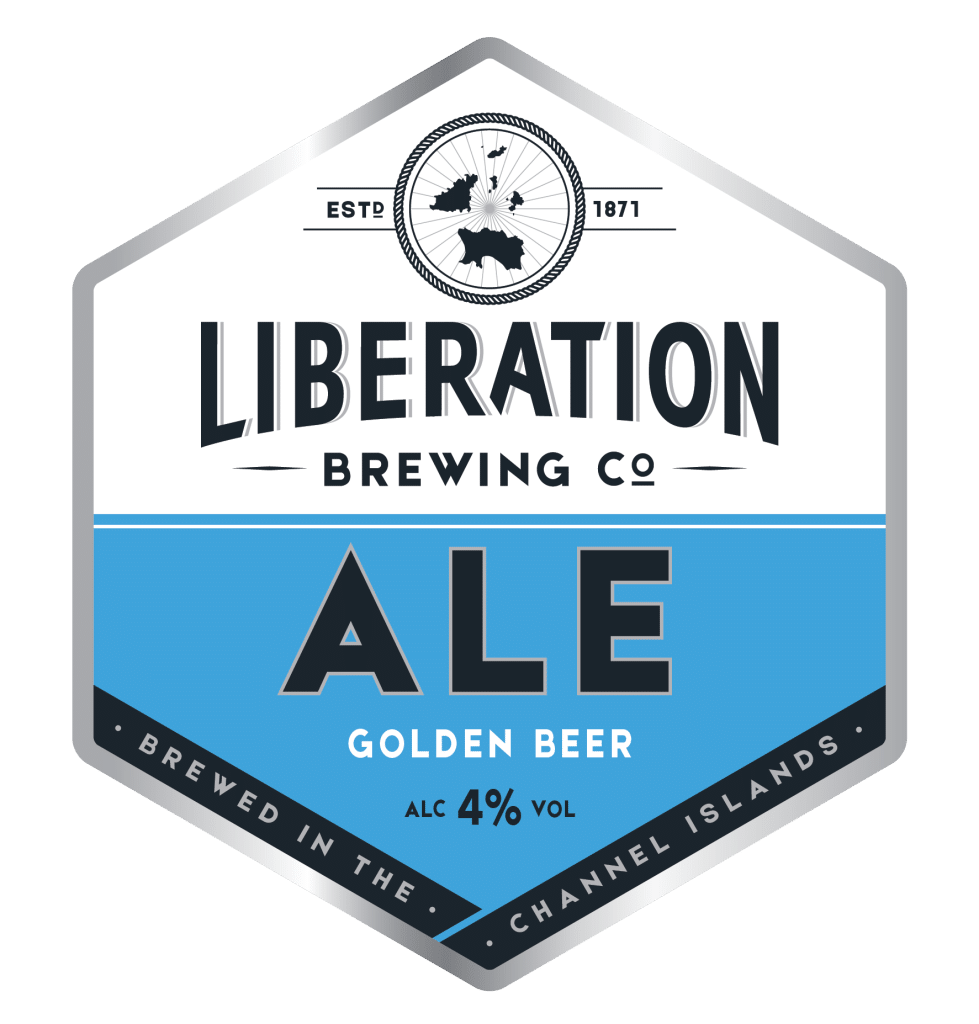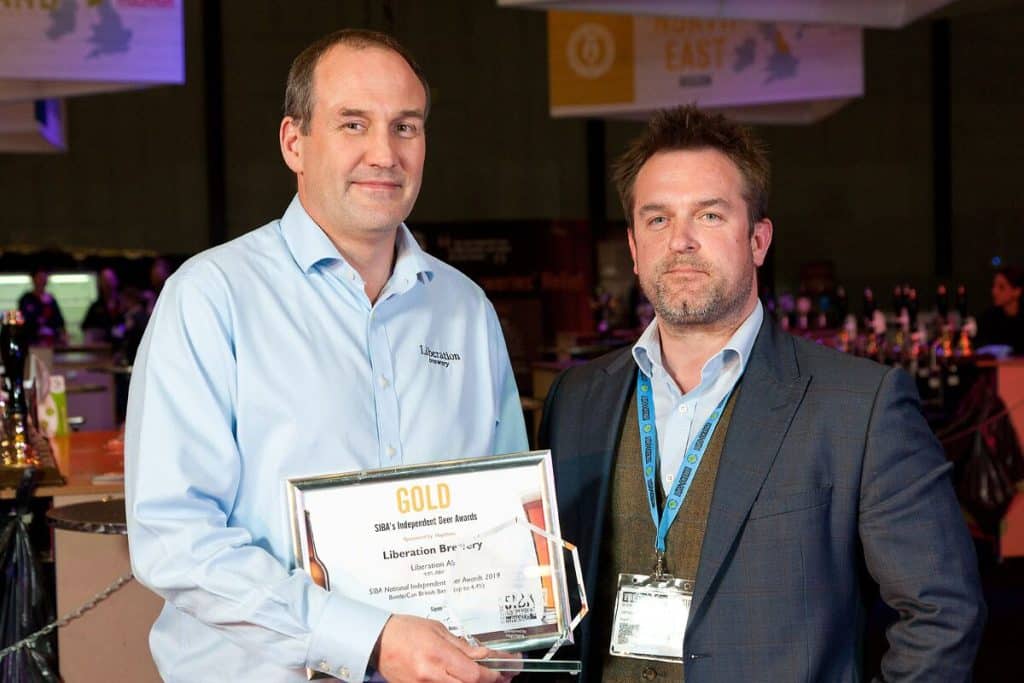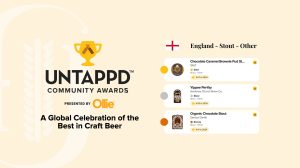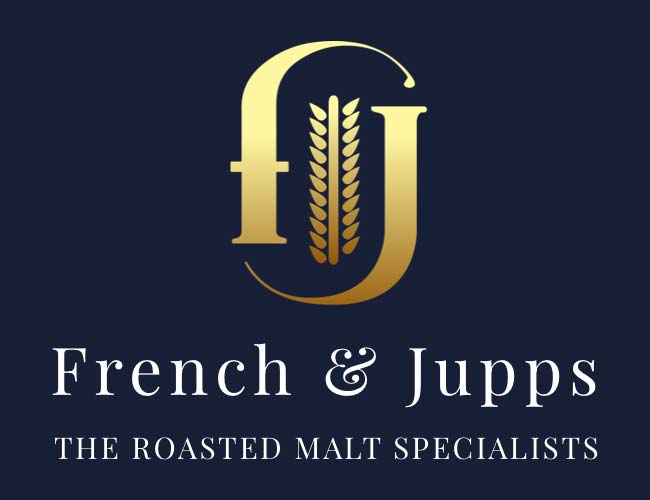Q9. What is your approach to incorporating Roasted Malts into your beer recipes to achieve specific flavour profiles? Are there any dos and don’ts?
Colour and flavour are the most important, so checking the maltsters analysis and specifications is essentially before creating a recipe and deciding on a flavour profile.
Q10. Do you have a methodology for using roasted malts effectively?
I prefer a slightly longer stand and a shorter boil when brewing Porters/Stouts. A small addition of French & Jupps Pale Chocolate malt in Pale Ales and IPAs adds colour and a lovely nuttiness.
Q11. How do you balance the bitterness and astringency of Roasted Malts with the hop bitterness and aroma in your beers?
For Dark beers I leave it to the roasted malts to create the bitterness, and use hops more for flavour rather than aroma.
Q12. When using significant amounts of Crystal and/or Patent malts, how does this influence your yeast strain selection to achieve your desired flavour profile or ABV?
We don’t tend to use many yeast strains as we have our own yeast. If doing a small batch though, S05 is neutral so the malt and hop characteristics come through, or Verdant which softens the malt and gives a fruitiness to complement the hops.
Q13. When using Patent Roasted Malts, for example, what approach should you take when considering balancing these with Crystal Malt varieties to achieve colour, sweetness, and flavour?
Depending on the style of beer, I generally go with the patents for colour and add a smaller amount of crystal malts to increase sweetness and flavour.
Q14. Does your water chemistry interact differently with Crystal and Patent Malts to influence beer flavour? Do adjust your water profile?
Hardly ever adjust the water profile, we have a chemistry for ales, stouts and lagers. As long as the composition sits within our specifications the chemistry isn’t adjusted.
Q15. Have you experimented with different types of Roasted Malts or unusual malt varieties, and how have these experiments influenced your brewing process and beer styles?
Yes, I’ve used nearly all the UK maltsters, also Dutch, Belgian and German. I’m a fan of CARAFA 3, which is great in high gravity Dark IPA’s and use a lot of Dextrin and Naked Oats in NEIPA’s
